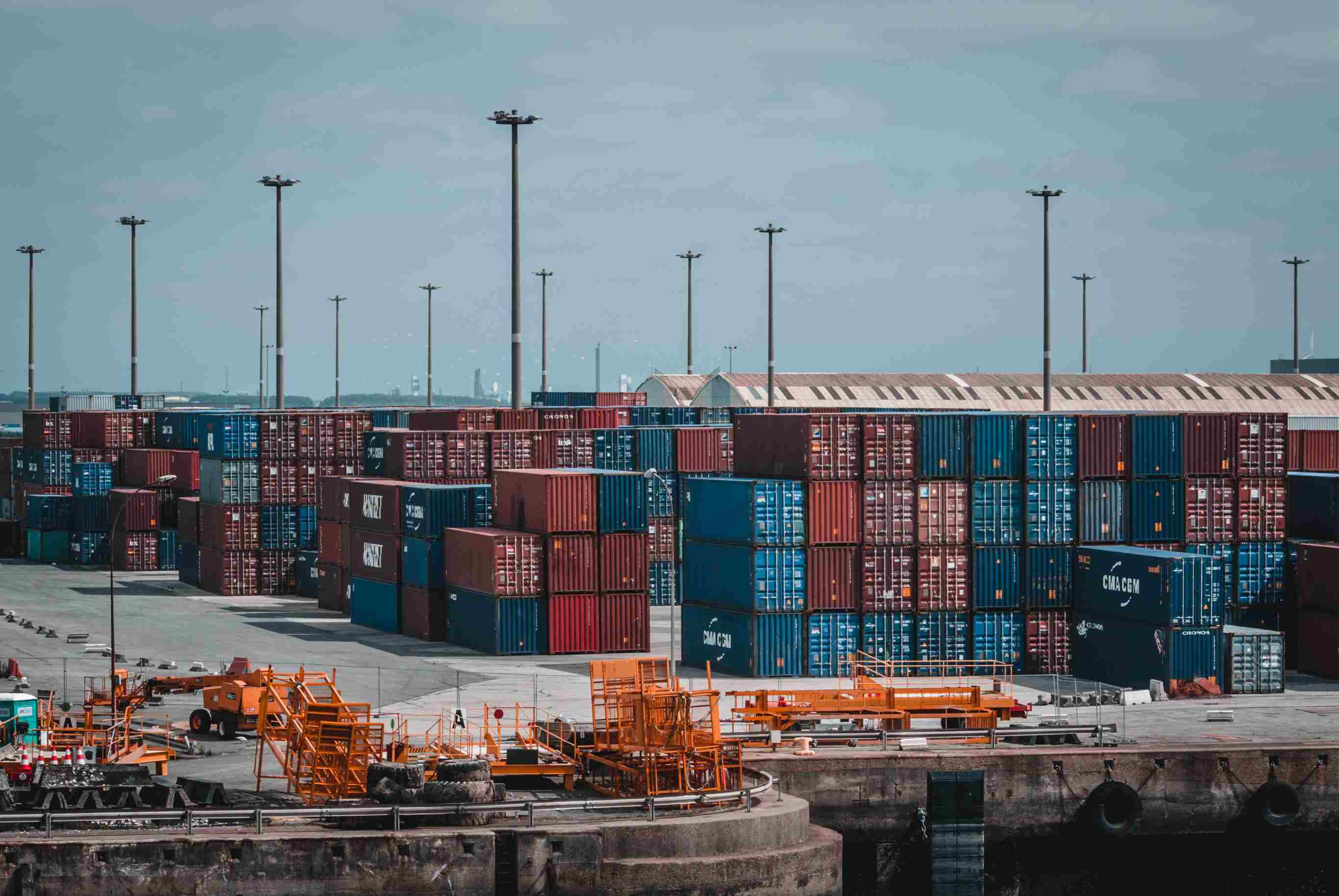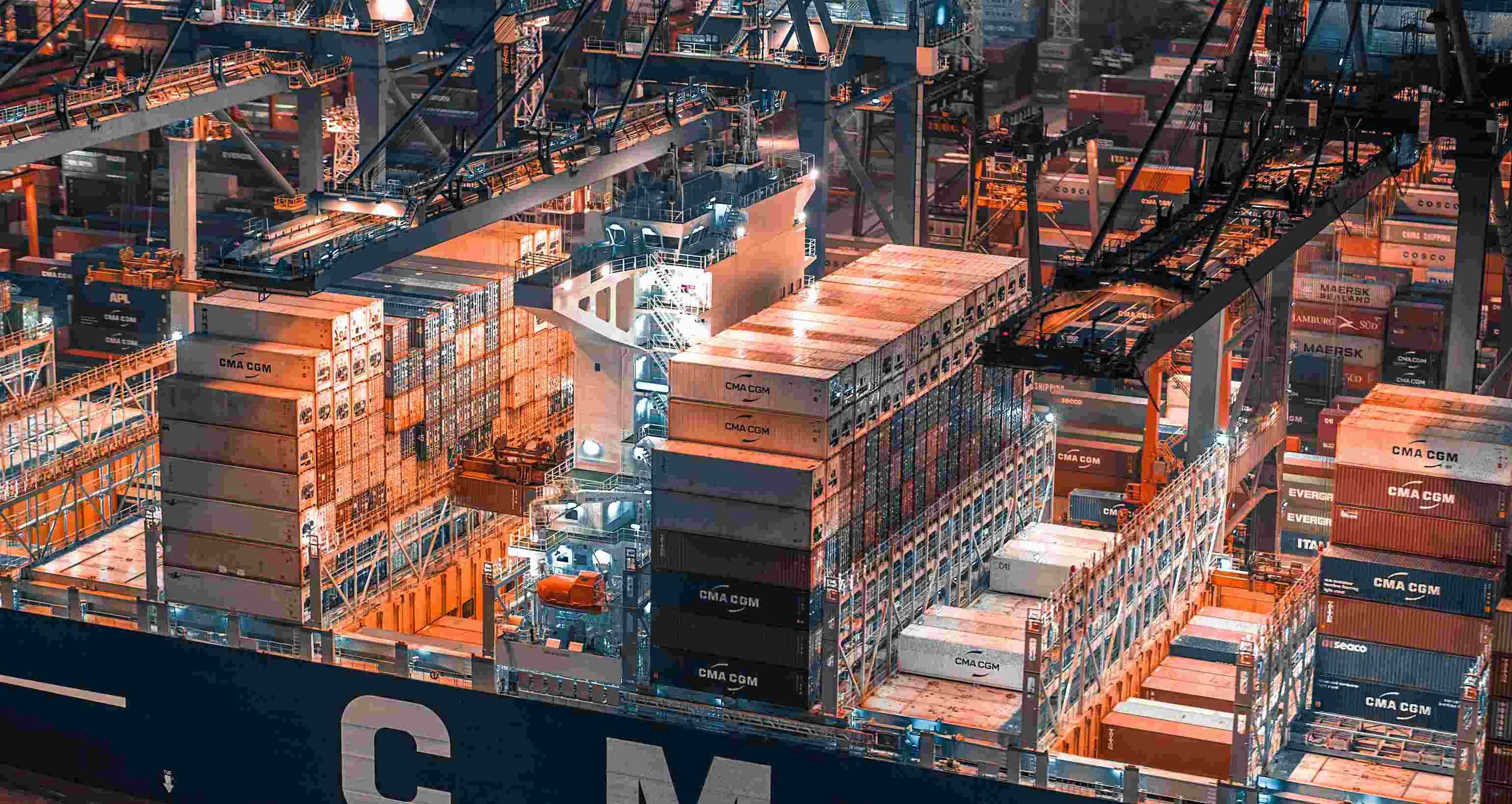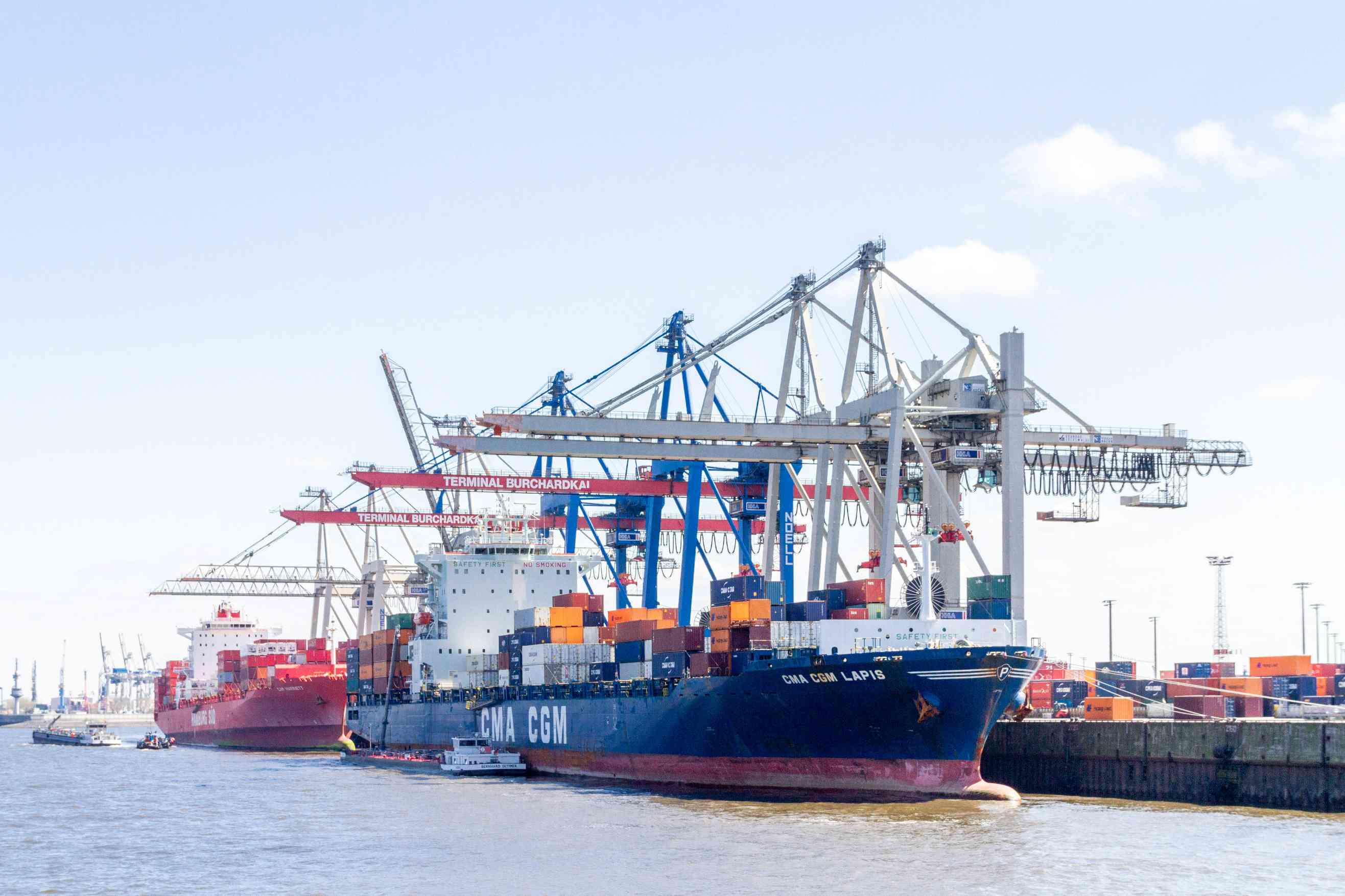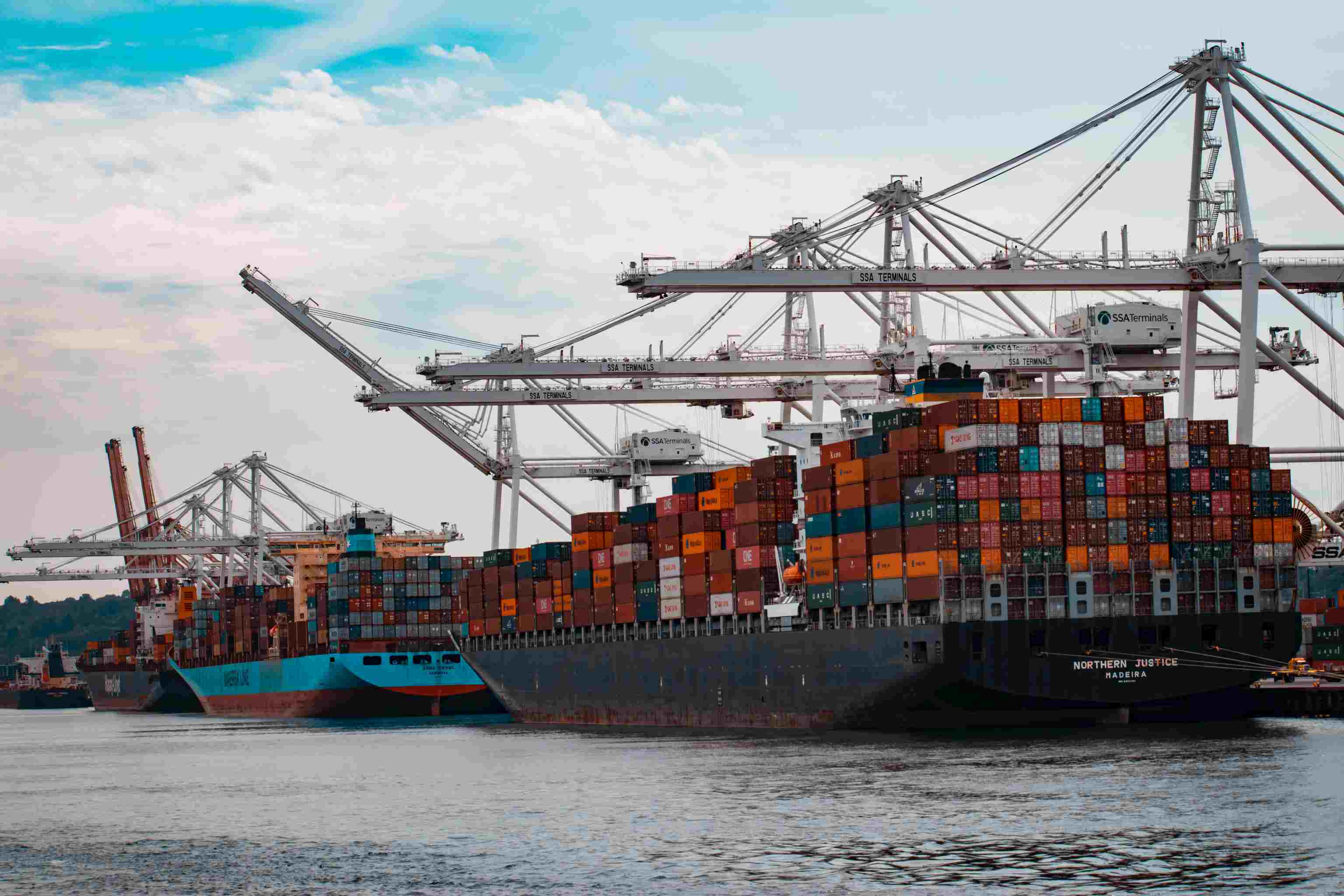Global Shipping Lanes: Navigating the Pathways of International Trade
Global Shipping Lanes: A Network of Trade Routes
Global shipping lanes refer to the well-defined routes that connect major ports around the world. These routes are carefully designed to optimize efficiency, reduce costs, and minimize travel time. Shipping lanes act as a lifeline for countries heavily dependent on international trade, enabling them to import and export goods with relative ease.The Busy Highways of International Trade
Imagine global shipping lanes as bustling highways, where massive cargo ships navigate their way through the vast oceans, carrying goods worth billions of dollars. These lanes witness a constant flow of vessels transporting commodities such as oil, automobiles, electronics, and consumer goods. They provide a vital link between producers and consumers, facilitating the exchange of goods on a global scale.Major Global Shipping Routes
Several major shipping routes are of paramount importance in international trade. Let's explore some of these key pathways:Trans-Pacific Route: Connecting the Pacific Rim countries, this route handles a significant portion of global trade, especially between Asia and North America. It witnessed a massive influx of container ships transporting goods from manufacturing powerhouses like China, Japan, and South Korea to the United States and Canada.
Suez Canal: This man-made waterway connects the Mediterranean Sea with the Red Sea, providing a crucial shortcut between Europe and Asia. It enables ships to avoid the long and treacherous journey around the southern tip of Africa, significantly reducing travel time and costs.
Panama Canal: Situated in Central America, the Panama Canal allows vessels to traverse between the Atlantic and Pacific Oceans. It serves as a vital link for trade between the east coast of the United States and countries in Asia and the western coast of South America.
Indian Ocean Route: This route connects Europe, Africa, the Middle East, and Asia, acting as a gateway for trade between these regions. It is pivotal in transporting goods such as crude oil, textiles, and agricultural products.
North Atlantic Route: Connecting North America and Europe, this route facilitates trade between two of the world's largest economic blocs. It is heavily utilized for transporting automobiles, machinery, and other manufactured goods.
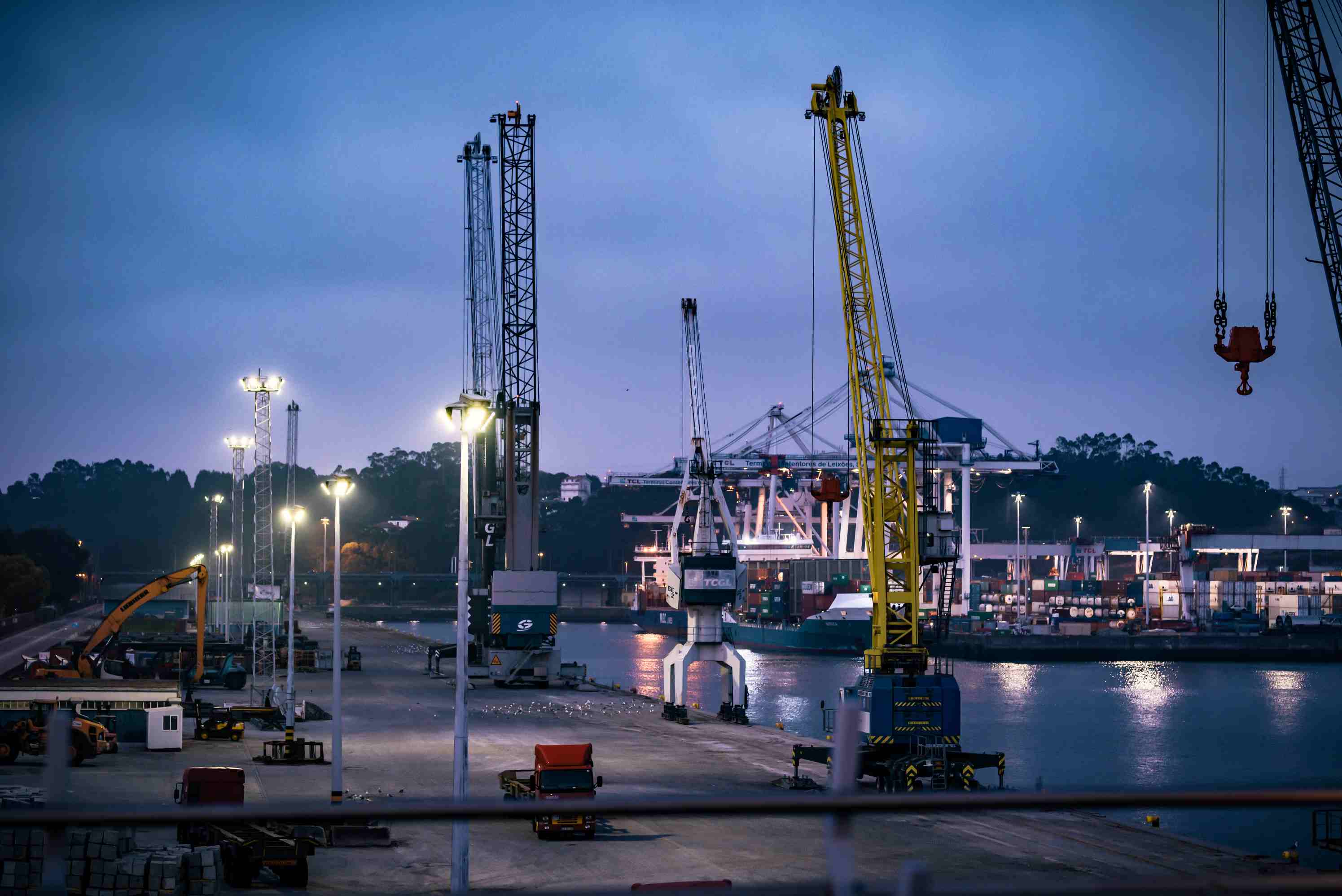
The Influence of Geopolitics on Global Shipping Lanes
Geopolitical factors can have a profound impact on global shipping lanes, often shaping the course of international trade. The following factors can influence these maritime routes:Piracy: Piracy poses a significant threat to the safety and security of global shipping lanes, particularly in regions such as the Gulf of Aden and the Strait of Malacca. International efforts are continuously being made to combat piracy and ensure the safe passage of vessels.
Territorial Disputes: Conflicts and territorial disputes between countries can disrupt shipping lanes. For instance, tensions in the South China Sea have raised concerns about the freedom of navigation and its impact on global trade.
Canal Closure: The temporary closure of vital canals, such as the Suez Canal or the Panama Canal, due to maintenance or political reasons can cause significant disruptions in global shipping routes. These closures can lead to delays, rerouting of vessels, and increased transportation costs.
Trade Agreements: The signing of trade agreements and alliances between countries can influence shipping lanes. For example, the Belt and Road Initiative by China aims to enhance connectivity through infrastructure projects, potentially impacting global trade patterns.
Frequently Asked Questions (FAQs)
1. Are global shipping lanes only used for transporting goods?No, global shipping lanes are not limited to transporting goods. They also serve as crucial channels for the transportation of natural resources, such as oil, gas, and minerals. Additionally, shipping lanes facilitate the movement of people through cruise ships and ferries, enabling tourism and cultural exchanges.
2. How do weather conditions affect global shipping lanes?
Weather conditions, including storms, hurricanes, and heavy fog, can pose challenges to vessels navigating global shipping lanes. These adverse weather events can lead to delays, rerouting, or even accidents. Ship captains and maritime authorities closely monitor weather forecasts to ensure the safety and efficiency of shipping operations.
3. Are there any environmental concerns associated with global shipping lanes?
Yes, global shipping lanes have raised environmental concerns due to the emission of greenhouse gases and the potential for oil spills. The shipping industry is actively working towards reducing its carbon footprint through measures such as adopting cleaner fuel alternatives, optimizing routes to minimize fuel consumption, and implementing stricter environmental regulations.
4. How do global shipping lanes impact the economy?
Global shipping lanes play a crucial role in the global economy by facilitating international trade. The efficient movement of goods across these routes ensures a steady supply of commodities, supports industries and creates employment opportunities. The accessibility and reliability of shipping lanes are essential for countries to participate in global markets and benefit from the advantages of international trade.
5. What are the future challenges facing global shipping lanes?
The future of global shipping lanes faces several challenges, including the need for sustainable practices, digitalization, and the potential impacts of climate change. The industry is exploring alternative fuels, autonomous shipping, and utilizing advanced technologies to improve efficiency and reduce environmental impact.
6. How can global shipping lanes be made more resilient?
Enhancing the resilience of global shipping lanes requires a multi-faceted approach. Investments in port infrastructure, navigational aids, and technology can improve efficiency and safety. Collaboration between countries, international organizations, and the private sector is essential to address common challenges and ensure the smooth functioning of global shipping lanes.
